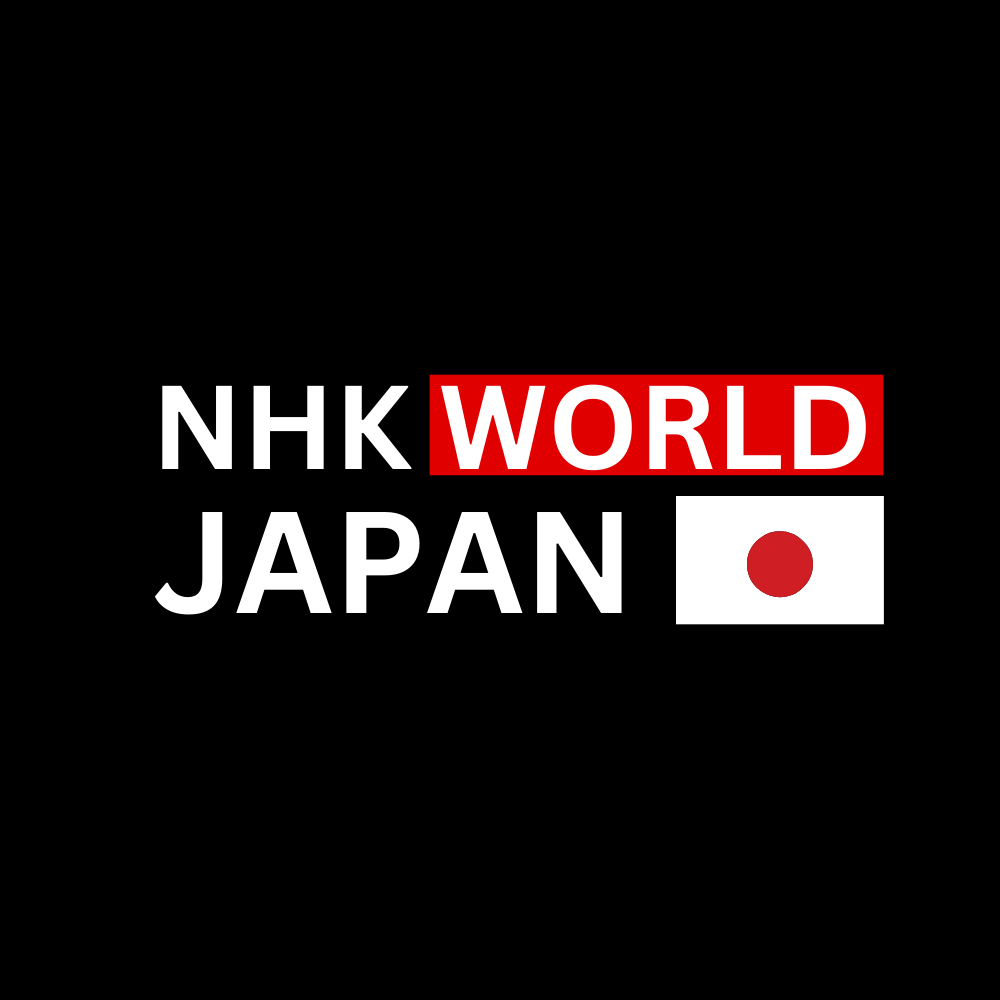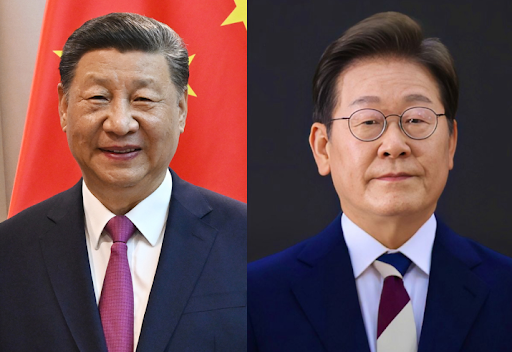The 2017 THAAD missile dispute cast a long shadow over the summit between Chinese President Xi Jinping and South Korean President Lee Jae Myung, serving as a powerful symbol of Seoul’s geopolitical predicament. As Lee hosted Xi, he was forced to confront this issue, a direct result of his U.S. alliance, while also facing protests at home.
The THAAD system, deployed by the U.S. in South Korea to counter North Korean threats, is viewed by Beijing as a security risk. President Lee’s decision to raise the sensitive issue during the summit highlights how unavoidable the U.S.-China conflict is for Seoul. This friction was all the more acute following a recent visit from U.S. President Trump.
This great-power tension was the backdrop for a summit also marked by domestic strife. Hundreds of protesters rallied in Seoul against Chinese influence, challenging Lee’s government. This public anger demonstrates the deep reservations many South Koreans have about their nation’s economic closeness to Beijing.
Lee’s attempts to find a diplomatic win were also frustrated. He urged President Xi to help bring North Korea to the negotiating table, a central goal for his administration. However, this plea was immediately rejected by Pyongyang, which publicly dismissed the diplomatic effort as a “pipe dream.”
While Lee navigated this complex web of security and public anger, Chinese state media focused on a simpler story. They broadcast the success of seven new economic agreements, including a currency swap. President Xi’s call for “mutual respect” was a diplomatic way of asking Seoul to handle its U.S.-related security issues without damaging economic ties.

